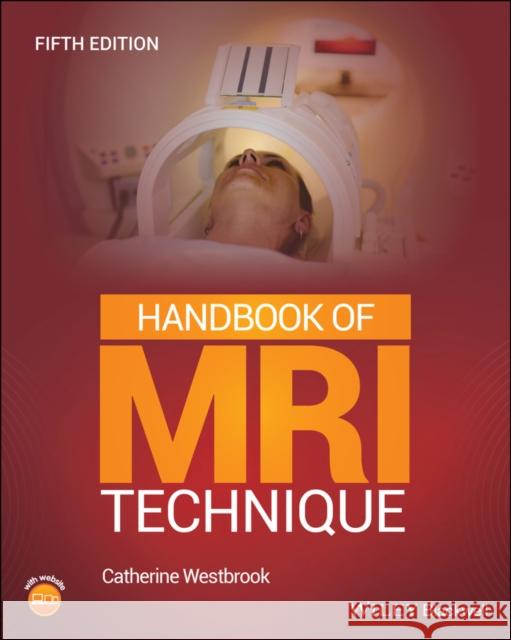Handbook of MRI Technique » książka
topmenu
Handbook of MRI Technique
ISBN-13: 9781119759331 / Angielski / Miękka / 2022 / 416 str.
Kategorie BISAC:
Wydawca:
John Wiley and Sons Ltd
Język:
Angielski
ISBN-13:
9781119759331
Rok wydania:
2022
Ilość stron:
416
Waga:
0.99 kg
Wymiary:
25.15 x 20.32 x 2.29
Oprawa:
Miękka
Wolumenów:
01
Dodatkowe informacje:
Bibliografia











